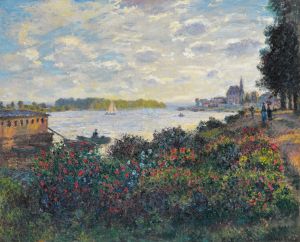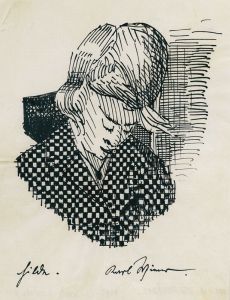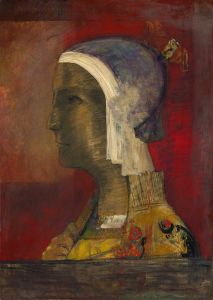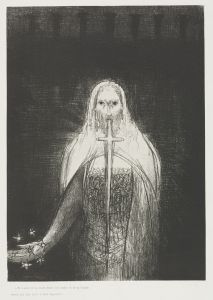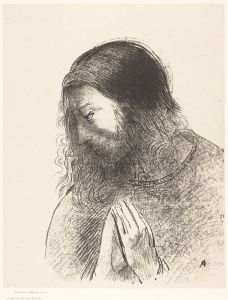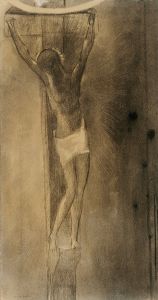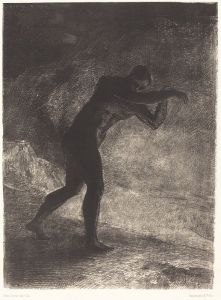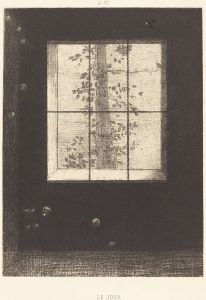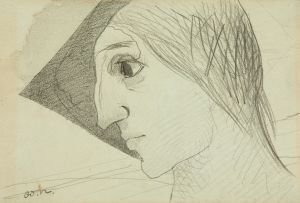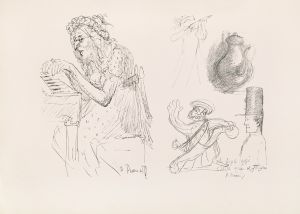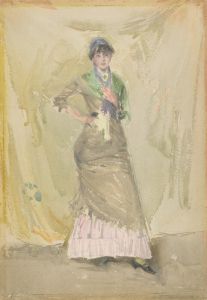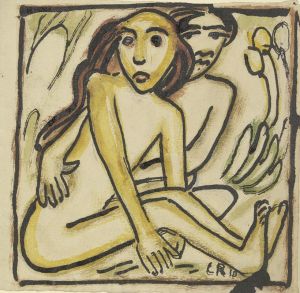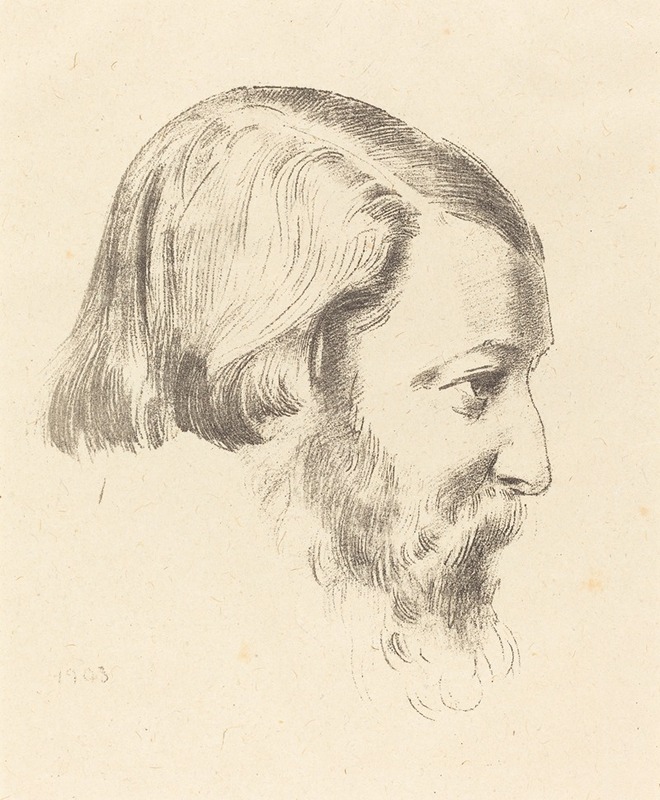
Paul Serusier
A hand-painted replica of Odilon Redon’s masterpiece Paul Serusier, meticulously crafted by professional artists to capture the true essence of the original. Each piece is created with museum-quality canvas and rare mineral pigments, carefully painted by experienced artists with delicate brushstrokes and rich, layered colors to perfectly recreate the texture of the original artwork. Unlike machine-printed reproductions, this hand-painted version brings the painting to life, infused with the artist’s emotions and skill in every stroke. Whether for personal collection or home decoration, it instantly elevates the artistic atmosphere of any space.
Odilon Redon, a prominent French symbolist painter, created the portrait "Paul Sérusier" as a tribute to his contemporary and fellow artist. Redon, known for his ethereal and dreamlike compositions, often explored themes of imagination and spirituality in his work. This portrait of Paul Sérusier, a key figure in the post-impressionist movement, reflects Redon's unique style and his ability to capture the essence of his subjects.
Paul Sérusier was a French painter associated with the Nabis, a group of avant-garde artists in the late 19th century who sought to transform art by emphasizing symbolism and abstraction. Sérusier is perhaps best known for his painting "The Talisman," which played a significant role in the development of modern art. His work often featured bold colors and simplified forms, characteristics that aligned with the Nabis' philosophy of moving beyond the naturalistic representation of subjects.
Redon's portrait of Sérusier is an example of his skill in using color and form to convey the inner life of his subjects. While specific details about the creation of this particular portrait are limited, it is consistent with Redon's broader body of work, which often featured portraits of friends and fellow artists. Redon's portraits are distinguished by their introspective quality and the subtle use of color to evoke mood and emotion.
In the broader context of art history, Redon's work, including his portraits, is seen as a bridge between the impressionist movement and the more abstract and symbolic art that followed. His ability to blend reality with fantasy made his work influential among later artists who sought to explore the inner workings of the mind and the world of dreams.
The relationship between Redon and Sérusier was likely one of mutual respect and shared artistic interests. Both artists were part of a larger movement that sought to break away from the traditional approaches to art that dominated the 19th century. They were interested in exploring new ways of seeing and representing the world, often drawing on personal experiences and emotions to inform their work.
Redon's portrait of Sérusier is a testament to the interconnectedness of artists during this period and their collective efforts to push the boundaries of artistic expression. While the portrait itself may not be as widely recognized as some of Redon's other works, it remains an important piece within the context of symbolist and post-impressionist art.
Overall, Odilon Redon's "Paul Sérusier" is a reflection of the artist's unique vision and his ability to capture the spirit of his contemporaries. Through his use of color, form, and symbolism, Redon created a portrait that not only represents Sérusier as an individual but also encapsulates the broader artistic movements of their time.





